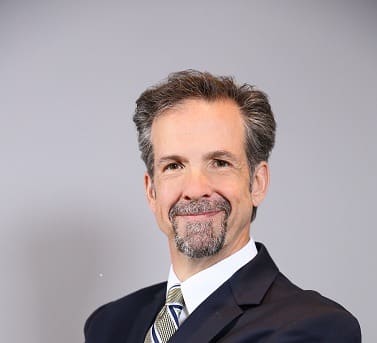What is Maximum Medial Improvement to a Baltimore Work Injury Lawyer?

After Baltimore injury client has reached their medical baseline, also known as “maximum medical improvement,” the next phase of the injury claims process begins. What is Maximum Medial Improvement to an Baltimore Work Injury Lawyer? This is one of those medicolegal terms that can have varying meanings. This stage occurs once the injured person has received medical treatment that has restored them to their pre-accident condition. At this point, all relevant documents and evidence gathered during the investigation phase of the claim are compiled and sent to the insurance company, along with a demand for a monetary settlement.
How do Insurance Companies Treat Maximum Medical Improvement In a Baltimore Injury Case?
Typically, but far from always, within 30 to 60 days—a timeframe I once found to be standard in the industry—I receive a response from the insurance company outlining their stance on the claim. These responses can vary significantly. Some claims are outright denied, in which case I promptly move them into litigation, a process I explore in greater detail in the next article in this series. Other claims are “accepted” by the insurance company, at least in terms of acknowledging their insured party’s fault for causing the accident.
Can Insurance Admit Fault, and Still Pay Nothing After Maximum Medical Improvement?
However, it’s important to understand the nuances of any acceptance. Many people who are unfamiliar with personal injury or work-related injury claim negotiations might mistakenly assume that the insurance company’s acknowledgment of fault extends to all aspects of the claim, including the injuries sustained. This is often not the case. Accepting responsibility for the accident does not automatically mean the insurance company accepts responsibility for all the claimed injuries resulting from that accident. The reasons to deny a legitimate workers’ compensation case, only, are more limited than a personal injury case [in the latter, as experienced Baltimore work injury lawyers argue daily, fault it irrelevant [generally].
In a Baltimore personal injury liability case, insurance adjusters and attorneys may concede that their insured party was at fault and is liable for the accident itself, but this does not prevent them from disputing the extent of the injuries claimed. It is not uncommon for them to argue that some or even all of the injuries were pre-existing, unrelated to the accident, or exaggerated. Thus, while the insurance company may accept that their insured party caused the accident, they often simultaneously deny responsibility for the injuries, seeking to limit their financial liability.
Navigating this phase of the claims process requires a clear understanding of the difference between fault for the accident and responsibility for the resulting injuries. This distinction is crucial in negotiations with experienced and often savvy insurance adjusters. Acknowledging fault does not necessarily equate to a willingness to fairly compensate for the harm caused. This is why having a skilled attorney on your side is essential—someone who can advocate effectively and challenge the insurance company’s efforts to minimize your injuries and reduce the settlement value of your claim.
Understanding these complexities allows injured parties to better manage their expectations and prepares them for the back-and-forth negotiations that often define the claims process. Should an acceptable resolution not be reached during negotiations, the claim may then proceed to litigation, where a more formal process of legal arguments and evidence presentation takes place. This next step is crucial for those whose injuries and losses require full and fair compensation.
Attorney Eric T. Kirk will tell you.



